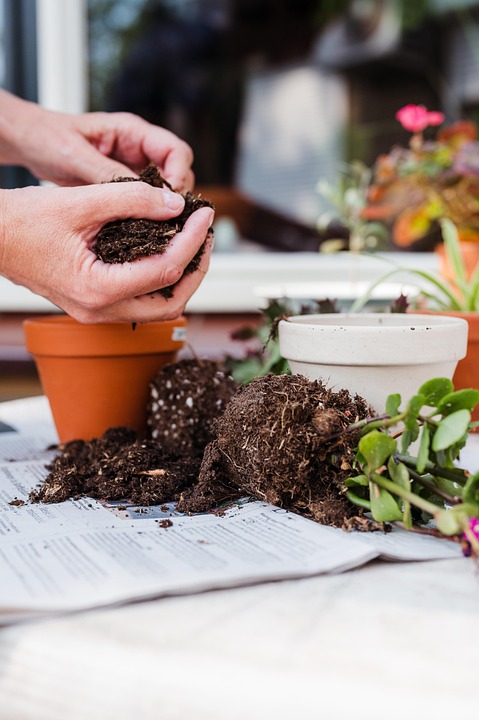Cultivating Resilience: Nurturing Soil Health for a Sustainable Future
As we face the challenges of climate change and environmental degradation, it has become increasingly important to prioritize soil health in order to ensure a sustainable future. Cultivating resilience in our soil is key to creating healthy ecosystems, supporting biodiversity, and promoting food security. In this article, we will explore the importance of nurturing soil health and provide insights on how to enhance soil resilience for a more sustainable world.
The Importance of Soil Health
Soil health is essential for the well-being of our planet and all living organisms. Healthy soil is teeming with beneficial microorganisms, organic matter, and nutrients that support plant growth and vitality. By maintaining soil health, we can improve water retention, prevent erosion, and reduce the need for chemical fertilizers and pesticides.
Poor soil health, on the other hand, can lead to decreased crop yields, loss of biodiversity, and increased vulnerability to droughts and floods. By neglecting soil health, we risk depleting our natural resources and compromising the long-term sustainability of our food systems.
Enhancing Soil Resilience
There are several strategies that can be implemented to enhance soil resilience and promote sustainable agriculture. These include:
1. Crop Rotation
Rotating crops helps to break pest and disease cycles, improve soil structure, and increase nutrient availability. By diversifying crop rotations, farmers can reduce the need for chemical inputs and promote overall soil health.
2. Cover Cropping
Planting cover crops helps to protect soil from erosion, suppress weeds, and improve soil fertility. Cover crops also add organic matter to the soil, which enhances its ability to retain water and nutrients.
3. No-Till Farming
No-till farming involves planting crops without disturbing the soil through plowing or tilling. This practice helps to preserve soil structure, reduce erosion, and sequester carbon in the soil. No-till farming can also improve water infiltration and reduce greenhouse gas emissions.
The Role of Regenerative Agriculture
Regenerative agriculture is a holistic approach to farming that focuses on restoring soil health, promoting biodiversity, and enhancing ecosystem resilience. By implementing regenerative practices such as agroforestry, holistic grazing, and composting, farmers can improve soil health, increase crop yields, and mitigate climate change.
Regenerative agriculture also emphasizes the importance of building healthy soil microbiomes, which play a crucial role in nutrient cycling, disease suppression, and plant resilience. By nurturing soil microbiomes, farmers can enhance soil fertility, reduce the need for synthetic inputs, and promote sustainable agriculture.
Common Questions About Soil Health
1. How can I test the health of my soil?
There are several ways to test the health of your soil, including soil tests, soil texture analysis, and visual assessments. Soil tests can measure nutrient levels, pH, and organic matter content, while soil texture analysis can determine the composition of your soil. Visual assessments, such as observing plant growth and soil structure, can also provide valuable insights into the health of your soil.
2. What are the benefits of composting for soil health?
Composting is an effective way to improve soil health by adding organic matter, nutrients, and beneficial microorganisms to the soil. Compost helps to improve soil structure, retain moisture, and enhance nutrient availability for plants. By composting organic waste, you can reduce landfill waste, promote soil fertility, and support sustainable agriculture.
3. How can I prevent erosion and water runoff on my land?
To prevent erosion and water runoff on your land, you can implement conservation practices such as planting cover crops, building terraces, and contour plowing. These practices help to reduce soil erosion, improve water infiltration, and protect soil health. By taking proactive steps to prevent erosion, you can preserve the long-term productivity of your land and promote a more sustainable future.
Conclusion
Cultivating resilience in our soil is essential for creating a sustainable future for generations to come. By prioritizing soil health, implementing regenerative agriculture practices, and nurturing soil microbiomes, we can improve food security, protect biodiversity, and mitigate climate change. By working together to enhance soil resilience, we can build a more sustainable world for all living organisms.
Let’s continue to nurture our soil and cultivate resilience for a healthier planet and a more sustainable future.




















































